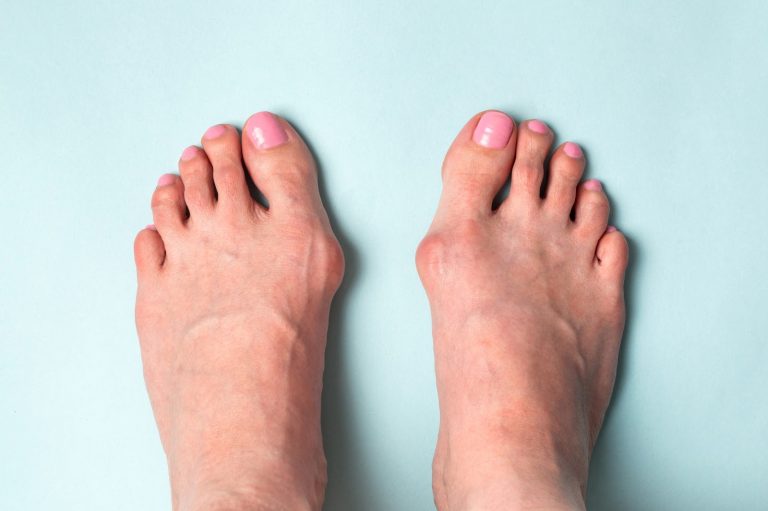Beautiful Plants For Your Interior

How A Weak Core Cause Tightness and Back Pain
If you’ve been dealing with recurring or chronic lower back pain, chances are someone’s told you that you have a “weak core.”
But what does that actually mean? And how does your core affect your back?
Let’s break it down.
Your Body Works as a Team
I’m a big believer in treating the body as a whole.
Everything in the body is connected — muscles, joints, fascia, nerves — and movement reflects that. When something isn’t working properly, something else often tries to pick up the slack.
And pain is usually the first and main sign that the body is trying to compensate.
That could be due to a muscle imbalance, poor posture, or healing from an injury.
Think of it like this: say you sprain your ankle. While it’s healing, you limp to avoid putting weight on it. Other muscles like your hip, your opposite leg, or even your lower back start doing extra work to keep you moving. They aren’t meant to carry that load for long, so they get tired or tight.
The same kind of thing can happen with your lower back, and a weak core is often right at the center of it.
So What Does a Weak Core Actually Do?
Your core and lower back muscles are like two sides of a seesaw, they balance each other out to support your spine and pelvis.

When your core is strong, it helps take pressure off your lower back.
But when your core is weak?
The muscles in your lower back start picking up the slack.
At first, you might not notice anything. But over time, those back muscles start working overtime. They tighten up, fatigue, and can even spasm.
That’s when the pain kicks in. And it can lead to a chain of issues affecting your spine and surrounding muscles.
What Makes Your Core Weak in the First Place?
There is no definite answer but it’s usually a combination of some of these points:
Too much sitting
This one’s huge. Sitting all day (especially with bad posture) tells your core to take a nap. It gets “lazy” and stops doing its job. Think of it like a shop worker with no customers and no manager — eventually they just stop showing up.
Not moving enough
Basically an extension of the first point. If you’re not regularly activating your core, through walking, lifting, twisting, or specific exercises, it gets weaker over time.
Poor Posture
Slouching forward disengages your core completely, which leaves your spine unsupported.
Obesity or Pregnancy
Carrying extra weight (especially around the midsection) puts a lot of strain on your lower back and can weaken the core muscles.
What Can You Do About It?
The most obvious and effective solution is to start strengthening your core. But here’s the catch.. not all core exercises are created equal, especially if you’ve got conditions like herniated discs, sciatica, or degenerative disc disease (DDD).
As someone who’s dealt with hernias and sciatica personally, I’m picky about which core exercises I recommend.
The goal is to build strength without aggravating your back.
Some of my go-to, spine-friendly core exercises include:
- Dead Bugs
- Bird-dogs
- Glute Bridges
- Pelvic Tilts
- Side Planks
These are all gentle on the spine but super effective at waking up the deep core muscles.
Final Thoughts
Lower back pain is often a sign that your core isn’t holding up its end of the bargain. A weak core can throw your whole body out of balance, forcing other muscles to work overtime and eventually leading to discomfort or even injury.
You don’t need extreme workouts or fancy equipment to fix it. By focusing on safe, targeted exercises that engage your deep core muscles, you can start building real strength and give your lower back the break it desperately needs.
Trust me: when your core is strong, your whole body feels the difference.


